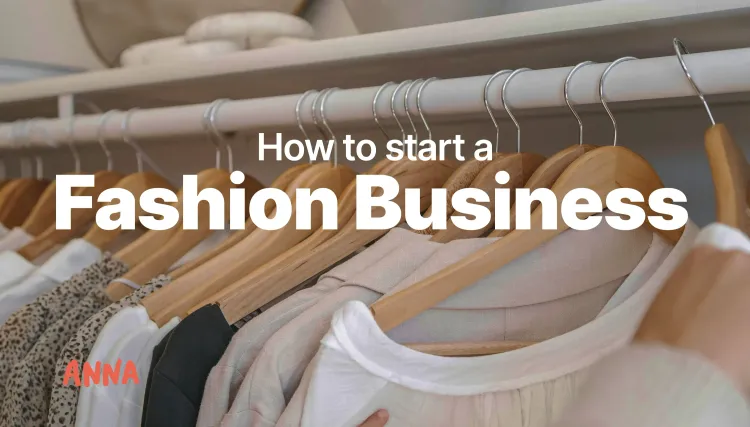Learn how to start a graphic design business and build a creative career with smart setup tips, strong branding, and steady client growth.
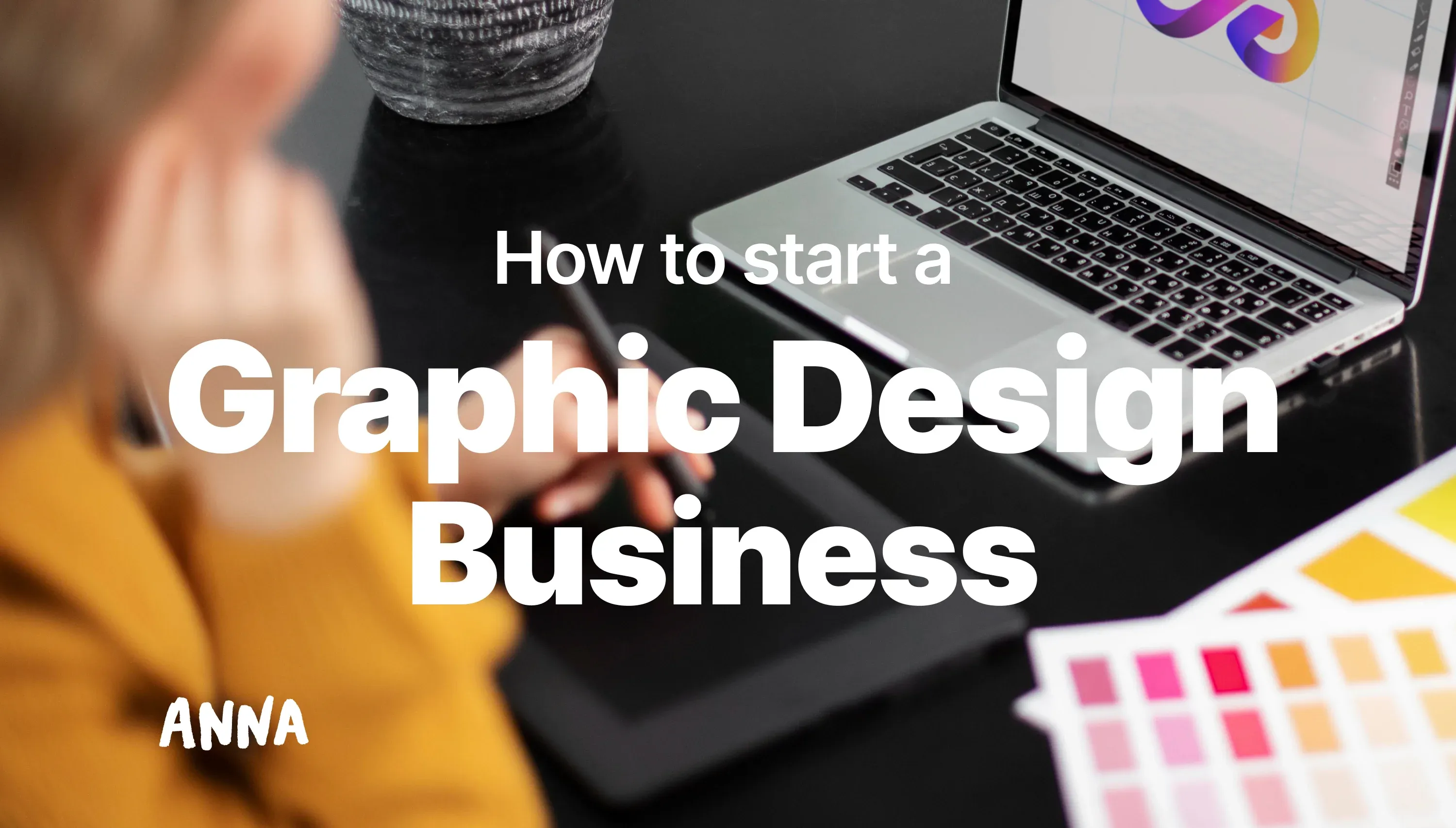
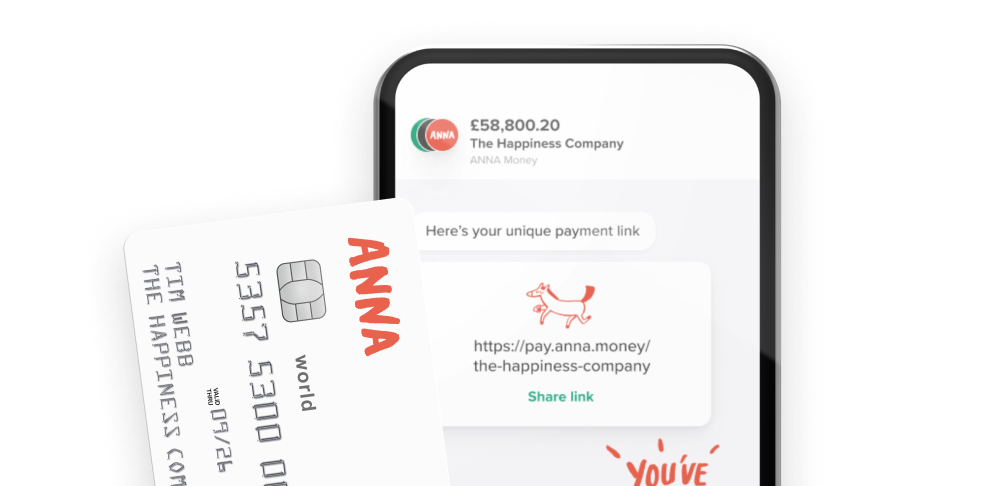
- In this article
- What do graphic designers do?
- Why is 2026 the perfect time to start a graphic design business?
- How to start a graphic design business
- Plan your finances: Costs and earnings
- How to get your first clients
- How to start a graphic design business: Skills and certifications
- How to start a graphic design business: The tools you’ll need
- Tax and accounting essentials for graphic designers
- Ready to start your graphic design business?
- FAQ: How to start a graphic design business
If you’ve got an eye for detail, a love for creativity, and a knack for turning ideas into visuals, learning how to start a graphic design business in 2026 could be one of the most rewarding moves you’ll make.
From building brands for startups to designing scroll-stopping social media content, design work is in huge demand across the UK. And with remote work now the norm, talented designers are thriving from home studios, co-working spaces, and even cafés.
Let’s walk through everything you need to know to launch your own successful graphic design business.
What do graphic designers do?
A graphic design business helps clients communicate their brand, products, or ideas through visual design.
From logos and packaging to website graphics and marketing materials, your job is to make businesses look professional and consistent everywhere they show up online and offline.
Running a design business is ideal for:
- Freelancers who want to build a creative career on their own terms
- Artists ready to turn their skills into income
- Side hustlers testing the waters of self-employment
- Professionals leaving agency life to work independently
The best part? You can start small, work remotely, and scale as your portfolio and confidence grow.
Why is 2026 the perfect time to start a graphic design business?
Before you dive in, it helps to understand where demand is coming from and how to position yourself to stand out.
The state of the market
The UK’s creative industries contribute over £108 billion to the economy, with design services among its fastest-growing sectors.
Here’s why:
- Businesses need consistent, professional branding for digital platforms
- The rise of e-commerce means more packaging, ads, and social visuals
- Companies are outsourcing creative work to freelancers for flexibility
- In 2026, AI-assisted tools like Adobe Firefly and Canva Pro are expanding what designers can offer - but clients still crave original, human creativity
These trends point to one clear fact: great design is more valuable than ever.
How to start a graphic design business
You don’t need a special licence to start a design business, but you do need to register and protect yourself properly. Here’s how to go about it:
Choose how you’ll operate
The first thing you need to do is choose your business structure. Here are your possible routes at a glance:
| Business structure | Best for | Key benefits | Considerations |
| Sole trader | Freelancers starting small | Simple setup, minimal paperwork | You’re personally liable for debts |
| Limited company | Designers planning to scale or work with bigger clients | Separates personal & business finances, boosts credibility | Slightly more admin (accounts, tax filings) |
| Partnership | Two or more co-founders | Shared costs and responsibilities | Partners share liability and decisions |
💡 Tip: With ANNA, you can register a limited company for free, set up VAT if needed, and remind you about key filing deadlines - so you can focus on design, not admin.
How to start a graphic design business: Legal essentials
Before taking on clients, make sure your business is set up properly and protected.
- Get the right insurance - At a minimum, take out professional indemnity insurance to protect you if a client claims your work caused financial loss (for example, due to copyright issues or missed deadlines). Public liability insurance is also useful if you meet clients in person or attend events.
- Protect your intellectual property (IP) - Your designs, brand concepts, and creative assets are your intellectual property. Make sure your contracts clearly state who owns final design rights - and that you retain rights to unused concepts and portfolio use.
- Understand copyright and licensing - Only use fonts, stock images, illustrations, or textures that you’re licensed to use commercially. Avoid “free” assets without proper rights, and keep records of all licences and purchases.
- Follow GDPR and data protection laws - You’ll likely handle client logos, brand files, and sometimes personal data (like email lists or user details). Store files securely, use password-protected sharing tools, and delete sensitive materials when projects end.
- Use clear client contracts - Every project should be backed by a written agreement outlining scope, deadlines, revision limits, payment terms, and copyright ownership. This avoids misunderstandings and gives you legal protection.
Plan your finances: Costs and earnings
Graphic design is one of the most affordable creative businesses to start. You can get going for under £1,000, depending on your setup. Here’s what you’ll need to start:
| Category | Examples | Estimated Cost |
| Equipment | Laptop or desktop | £700 - £1,200 |
| Software | Adobe CC, Affinity, Figma | £20 - £60/month |
| Website & domain | Hosting, domain, portfolio site | ~£100/year |
| Branding assets | Stock images, templates, fonts | £50 - £200 |
| Marketing | Ads, promotions, or portfolio boosts | £100 - £300/month |
💡 Tip: Start lean - you don’t need every paid tool upfront. Use free versions of Canva or Figma while building your first client base.
Graphic design business income potential
Your rates will vary depending on your experience and niche, but here are some estimates to give you an idea:
| Service | Typical rate |
| General design work | £30 - £50/hour |
| Branding packages | £500 - £2,000+ |
| Web or digital design | £250 - £600 per project |
Experienced freelance designers can easily earn £40,000 - £60,000 per year or more.
💡 Tip: ANNA’s smart business account automatically tracks your income and expenses - so you’ll always know your real-time profit margin without touching a spreadsheet.
How to get your first clients
Landing your first few clients can feel like the toughest step, but with the right strategy and visibility, you’ll start booking projects faster than you think.
Here are some ideas on how to get those first customers:
| Channel | Why It Works | Examples |
| Freelance platforms | Great for building early experience and testimonials while showcasing your design style | Upwork, Fiverr, Contra |
| Creative communities | Ideal for networking with other designers and attracting referrals or collaborations | Dribbble, Behance, LinkedIn |
| Local business outreach | Many small brands need fresh logos, menus, or social templates but don’t have in-house designers | Reach out via email, Instagram DMs, or local business directories |
| Collaborations | Partnering with other creatives expands your project scope and client reach | Work with web developers, photographers, or marketing freelancers |
💡 Pro Tip: Present yourself like a brand from day one - create a simple visual identity, use branded invoices, and design your own logo. This immediately communicates professionalism and design credibility.
Smart marketing moves for graphic designers
- Show your process, not just the final result. Share sketches, moodboards, and iterations - clients love seeing how ideas evolve into polished designs.
- Curate a standout portfolio website. Focus on quality over quantity - include 4 - 6 of your best projects with short write-ups explaining the challenge, your approach, and the outcome.
- Optimise for design-related search terms. Use phrases like “branding designer UK” or “logo designer for small businesses” to rank locally.
- Build your presence on visual platforms. Post your work consistently on Instagram, Pinterest, and Dribbble. Engage with other creatives to grow organically.
- Gather testimonials early. Even small projects can turn into powerful social proof - ask happy clients for short reviews and feature them prominently.
Great design attracts attention, but consistency earns trust. Clients remember designers who deliver reliably and communicate clearly.
How to start a graphic design business: Skills and certifications
To build a thriving design business, you need more than artistic flair - you need technical mastery, storytelling ability, and business discipline.
Core skills
- Design fundamentals: Understand layout, composition, colour theory, and typography - the visual language that shapes every brand.
- Software fluency: Be confident in Adobe Creative Cloud, Figma, or Canva Pro - clients expect polished, professional results.
- Client communication: Great design starts with clear briefs, collaboration, and time management - skills that make you a pro clients trust.
- Branding expertise: Learn to build cohesive visual identities that tell a story and align with business goals.
Recommended certifications
If you want to elevate your career, you can try getting some certifications to instantly communicate expertise:
- Adobe Certified Professional - Demonstrates deep technical skill in industry-standard tools.
- Google UX Design Certificate - Expands your ability to work on digital and interactive design projects.
- Short courses in branding or motion graphics - Platforms like Domestika, Skillshare, or Coursera can help you specialise and stay competitive.
Essential equipment
- A powerful laptop or desktop with strong graphics capability - essential for rendering, editing, and multitasking.
- A drawing tablet (Wacom, Huion, or XP-Pen) for precision and illustration work.
- Reliable Wi-Fi and cloud backups to keep projects safe and accessible anywhere.
💡 Tip: Use project management tools like Asana, Trello, or Notion to stay on top of revisions, deadlines, and client feedback. Sync payments automatically through ANNA to keep your creative workflow and finances aligned.
How to start a graphic design business: The tools you’ll need
A modern design business runs on great systems. Automating admin means more time for the creative work that pays the bills. Here are some useful tools you can use to streamline your work:
| Category | Recommended Tools | Purpose |
| Design | Adobe CC, Figma, Canva Pro | Create everything from logos to brand kits and digital assets |
| Storage & Backup | Google Drive, Dropbox | Securely store, share, and version your design files |
| Client Management (CRM) | Notion, ClickUp, HubSpot | Track leads, projects, and client communication |
| Contracts & Signatures | HelloSign, Bonsai | Send proposals, contracts, and NDAs professionally |
| Banking & Accounting | ANNA Money | Handle invoicing, tax tracking, and payments in one place |
Tax and accounting essentials for graphic designers
Even creative freelancers have to play by the tax rules, but managing your finances doesn’t need to be stressful. Here’s a simple checklist:
Tax setup
- Sole traders: File a Self Assessment tax return by 31 January each year.
- Limited companies: Submit annual accounts and pay Corporation Tax on profits.
VAT for designers
- Register for VAT once your turnover passes £90,000, or earlier if you regularly work with VAT-registered agencies or clients.
- Voluntary registration can also make your business look more established to corporate clients.
Accounting tips
- Keep digital copies of all invoices, contracts, and receipts.
- Track income and expenses weekly - not once a year.
- File your Self Assessment or annual return on time to avoid penalties and stress.
💡 Tip: ANNA keeps track of every payment, expense, and tax deadline, automatically calculating what you owe and when. Think of it as your creative business’s finance assistant.
Ready to start your graphic design business?
If you’ve got the skills, creativity, and ambition, 2026 is the perfect time to turn your passion into a thriving design business.
With ANNA, you can:
- Register your limited company quickly, seamlessly, and without any hassle
- Open a business account in minutes - with no paperwork and everything instantly accessible on your phone
- Automate accounting and tax tracking for a stress-free, compliant business owner experience
- Access 24/7 UK-based support for business and compliance questions
Start your design business today - and let ANNA handle the admin while you focus on what you do best - creating visual stories that inspire, connect, and help brands grow.
FAQ: How to start a graphic design business
1. How do I price my design services as a beginner?
Start by charging per project rather than per hour until you get a sense of your workflow. For example:
- Logo design: £250 - £500
- Branding package: £500 - £2,000
- Social media templates: £150 - £400
As you gain experience and a strong portfolio, gradually increase your rates.
2. How can I build a strong portfolio if I don’t have clients yet?
- Personal projects: Create branding or social media mockups for imaginary companies.
- Redesigns: Pick existing brands and redesign their logos, websites, or packaging.
- Pro bono work: Offer free or discounted work to charities or small startups for testimonials and experience.
Remember that quality matters more than quantity: 4 - 6 strong projects are enough to get started.
3. How can I manage multiple clients without burning out?
- Use project management tools like Asana, Trello, or Notion to track deadlines.
- Batch similar tasks (e.g., all social media graphics in one session).
- Schedule buffer time between projects for revisions.
- Automate invoicing, payments, and expense tracking with ANNA to reduce admin stress.
4. Can I run a design business from home?
Yes. Most freelance designers operate from home, co-working spaces, or cafés. The key is a reliable laptop, fast Wi-Fi, cloud backup, and a structured schedule to stay productive.
5. How can I scale my design business?
- Take on higher-value projects as you gain experience.
- Subcontract to other freelancers once you hit 25 - 30 hours per week.
- Specialise in a niche (e.g., e-commerce design, brand identity, or motion graphics).
- Automate admin tasks and leverage tools like ANNA to keep your business running smoothly while you focus on creativity.
Read the latest updates
You may also like
Open a business account in minutes
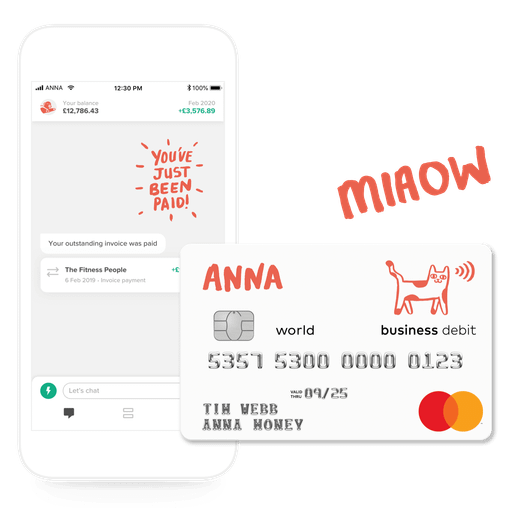




![140 Creative Tutoring Business Names [Ideas & Examples]](https://storage.googleapis.com/anna-website-cms-prod/medium_Cover_3000_Landscaping_Business_Names_Creative_Name_Ideas_d7964059b3/medium_Cover_3000_Landscaping_Business_Names_Creative_Name_Ideas_d7964059b3.webp)

![How to Start a Self-Employed Business in the UK [Guide]](https://storage.googleapis.com/anna-website-cms-prod/medium_Cover_3000_Landscaping_Business_Names_Creative_Name_Ideas_fe5b6edef1/medium_Cover_3000_Landscaping_Business_Names_Creative_Name_Ideas_fe5b6edef1.webp)
![How to Start an Electrician Business in the UK [Guide]](https://storage.googleapis.com/anna-website-cms-prod/medium_Cover_3000_How_to_Start_a_Car_Detailing_Business_Successfully_74488a6268/medium_Cover_3000_How_to_Start_a_Car_Detailing_Business_Successfully_74488a6268.webp)





![How to Start an Event Planning Business [Full UK Guide]](https://storage.googleapis.com/anna-website-cms-prod/medium_Cover_3000_How_to_Start_an_Event_Planning_Business_in_the_UK_9e78d91fa0/medium_Cover_3000_How_to_Start_an_Event_Planning_Business_in_the_UK_9e78d91fa0.webp)
![How to Start a Hoodie Business in 2025 [Full Guide]](https://storage.googleapis.com/anna-website-cms-prod/medium_Cover_3000_How_to_Start_a_Hoodie_Business_in_2025_Guide_17060b578d/medium_Cover_3000_How_to_Start_a_Hoodie_Business_in_2025_Guide_17060b578d.webp)
![How to Start a Video Editing Business in 2025 [Full Guide]](https://storage.googleapis.com/anna-website-cms-prod/medium_Cover_3000_How_to_Start_a_Video_Editing_Business_in_2025_bf1c6865ee/medium_Cover_3000_How_to_Start_a_Video_Editing_Business_in_2025_bf1c6865ee.webp)


![How to Start a Bakery Business in the UK [2025 Guide]](https://storage.googleapis.com/anna-website-cms-prod/medium_Cover_3000_How_to_Start_a_Copywriting_Business_from_Scratch_e47ea6b2a6/medium_Cover_3000_How_to_Start_a_Copywriting_Business_from_Scratch_e47ea6b2a6.webp)

![How to Start a Copywriting Business from Scratch? [Guide]](https://storage.googleapis.com/anna-website-cms-prod/medium_Cover_3000_How_to_Start_a_Copywriting_Business_from_Scratch_cf3c4d7190/medium_Cover_3000_How_to_Start_a_Copywriting_Business_from_Scratch_cf3c4d7190.webp)
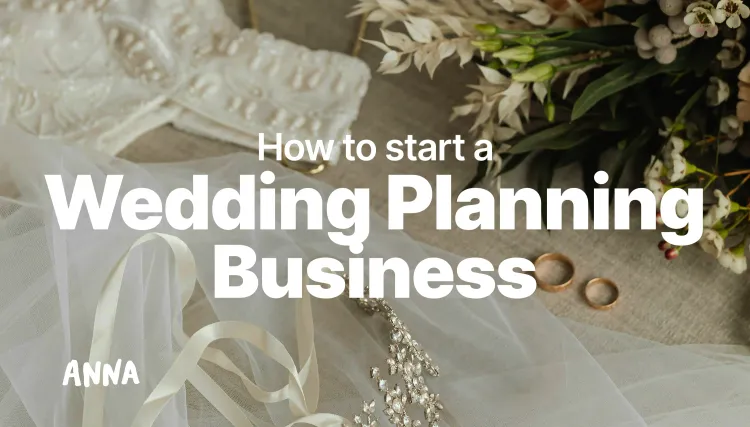

![How to Start a Retail Business [Beginner’s Guide to Success]](https://storage.googleapis.com/anna-website-cms-prod/medium_Cover_3000_How_to_Start_a_Retail_Business_O_Co_Beginner_OC_Oes_Guide_to_Success_f07f1f4e7c/medium_Cover_3000_How_to_Start_a_Retail_Business_O_Co_Beginner_OC_Oes_Guide_to_Success_f07f1f4e7c.webp)
![How to Start a Gutter Cleaning Business [Beginner’s Guide]](https://storage.googleapis.com/anna-website-cms-prod/medium_Cover_3000_How_to_Start_a_Gutter_Cleaning_Business_O_Co_Beginner_OC_Oes_Guide_f024e1b78f/medium_Cover_3000_How_to_Start_a_Gutter_Cleaning_Business_O_Co_Beginner_OC_Oes_Guide_f024e1b78f.webp)
